Believe it or not, glassware makes a significant impact on the taste and appearance of your favourite craft beer, arguably even more so than wine. In Europe, especially Belgium, each brand of beer will often have its own glass. In fact, some breweries have been known to engineer the glass before the beer, and many bars will also stock unique glassware for every brand of beer they serve, which could be hundreds or thousands.
While yes, some of that is a marketing play, making sure their beer is being served in a distinguishable mug or glass, there is science behind it as well. Scientific studies show that the shape of glassware will impact head development and retention. This is important for a very specific reason: The foam created by pouring a beer acts as a net for many of the volatiles in a beer. But what are volatiles? Volatiles are what create a beers aroma; they could be things such as hop oils, all kinds of yeast fermentation byproducts like alcohol, fusels and fruity esters, spices or other additions. Meaning a glass that promotes a healthy foam head may enhance the trapping of certain volatiles. Since all beer is not created equal, varying levels of head retention and presentation are desired with different styles of beers, meaning different styles of glassware are required.
Now that being said there are hundreds of slight variant options in glassware, but for simplicity there are essentially 10 standard glasses you should have on hand:
Pint Glass:
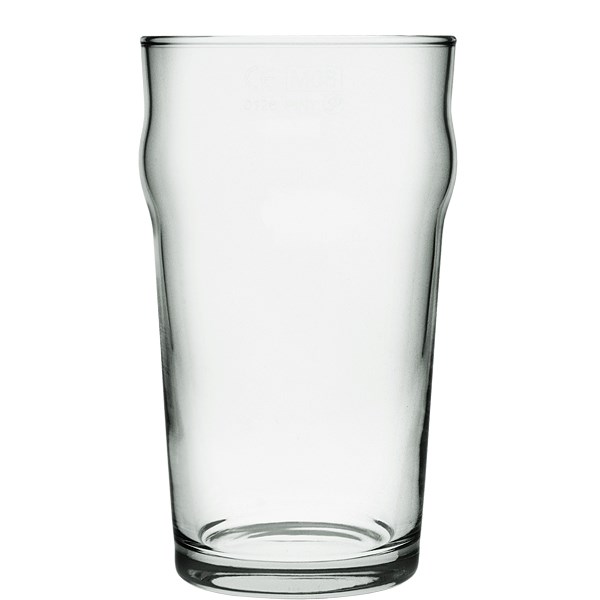
The easily most recognizable and common glass, the pint glass is actually the worst of the bunch for beer as it allows for all the aroma and gasses to simply escape the glass.
Beer styles: IPA, Brown Ale, ESB, Pale Ale, Porter
Stein:
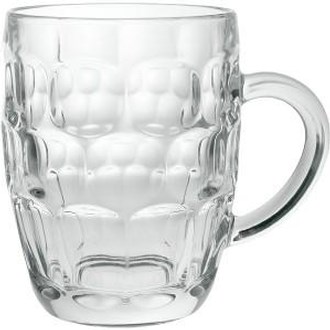
The heavy-duty steins/mugs allow for high volume and easy drinking. Also keeps your beer cooler as there isn’t direct hand contact on the glass.
Beer styles: Stout, ESB, Pale Ale, Amber
Pilsner Glass:
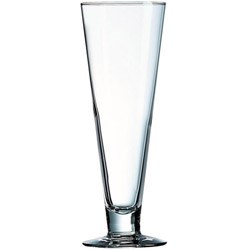
This tall glass is designed to showcase carbonation and colour and also helps keep head retention and enhance volatiles.
Beer styles: Lager, Pilsner, Blonde Ale, Bock
Weizen Glass:
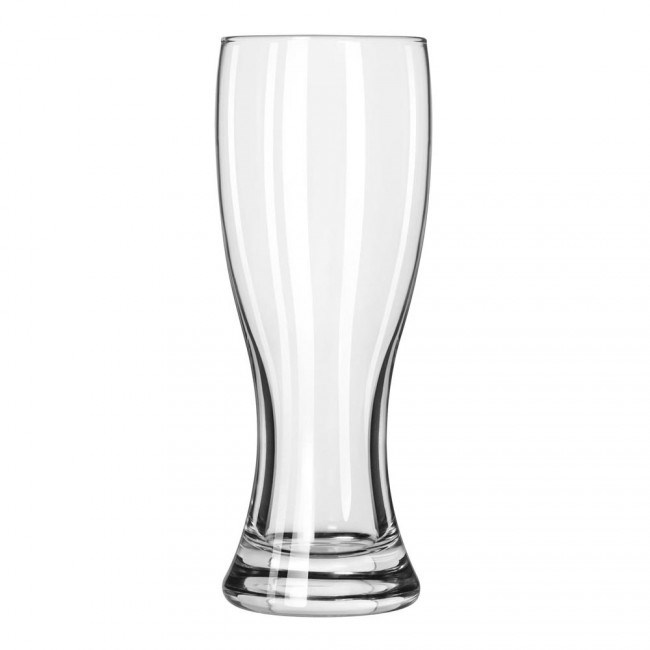
The curvature of these glasses are specifically designed to showcase the beer’s colour and allow for a lot of headspace associated with wheat and weizen beer. DO NOT GARNISH with lemon or orange wedges, the citrus will kill the head.
Beer styles: Wheat ale, Weizen, Gose
Stange:
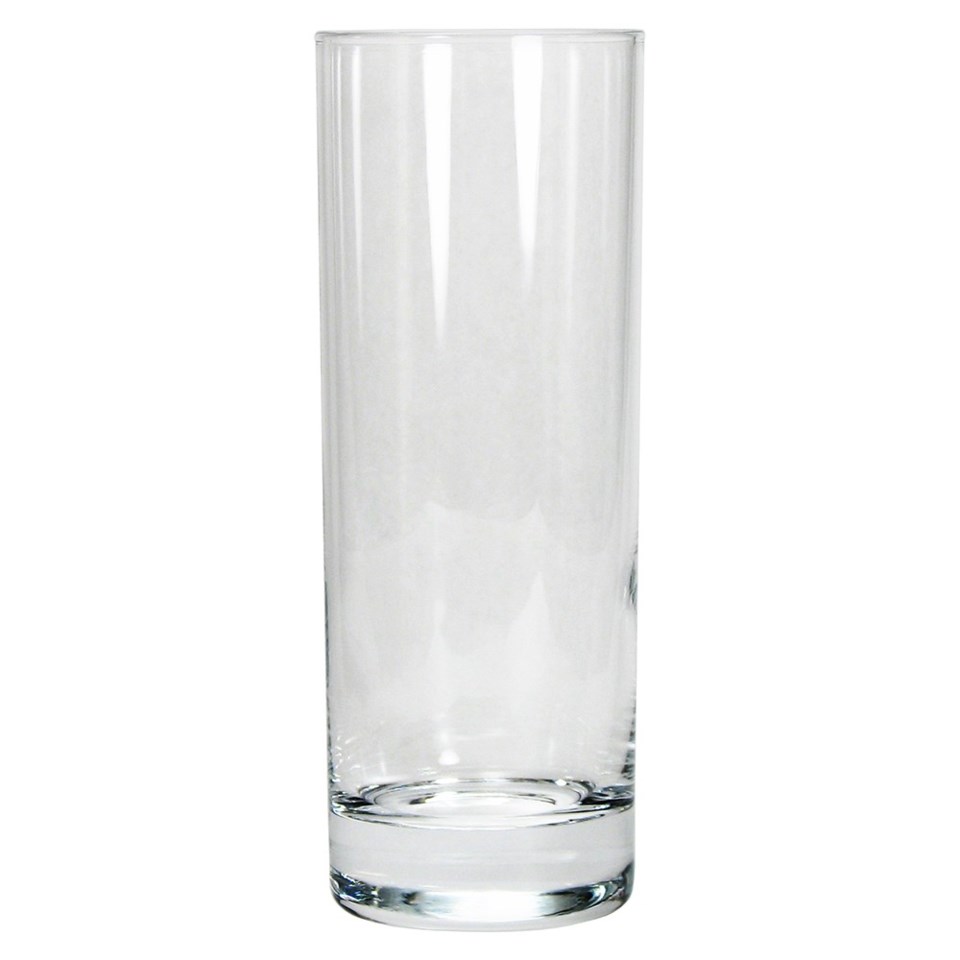
This glass you’ll likely have seen but never realized the name. A Stange essentially looks like a tall Hi-ball glass and the smaller surface area allows for a tighter concentration of volatiles. This is good for delicate beer styles.
Beer styles: Lambic, Bock, Gose, Rauchbier, Rye Beer
Goblet:
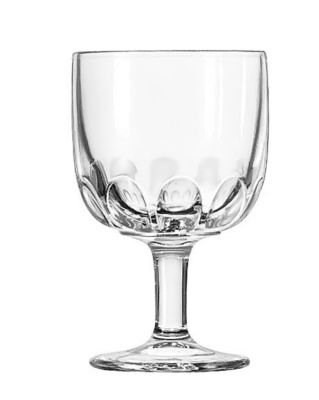
Beautifully designed, most goblets make you feel like you’re drinking something fancy. Many are scored so that it retains a perfect level of head at the top (2-centimeters typically) and a constant stream of bubbles.
Beer styles: Belgian IPA, Dubble, Tripel, Belgian Strong Ale
Snifter:
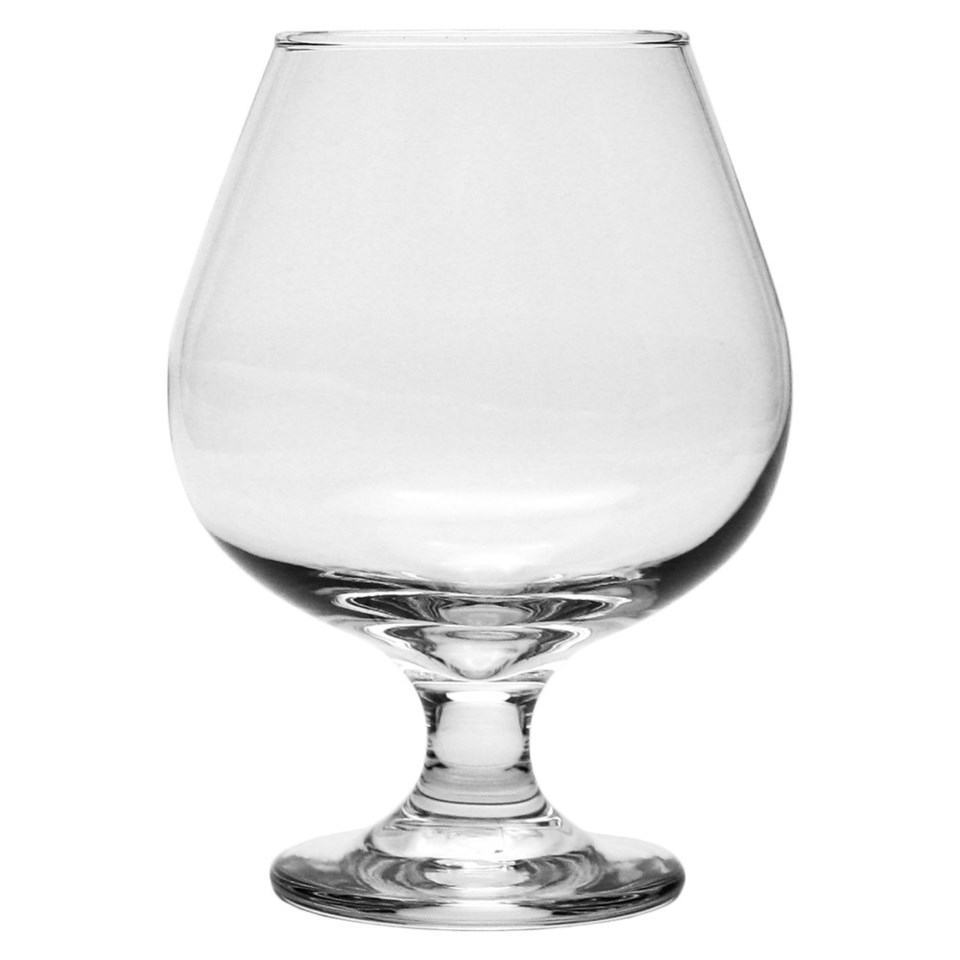
Commonly associated with Brandy or Cognac, snifters are excellent choices for stronger ales that benefit from agitation. The tapered mouths are perfect for capturing aroma.
Beer styles: Barleywine, Imperial Stout, Imperial IPA, Flanders Red Ale, Belgian Dark, Quad
Tulip:
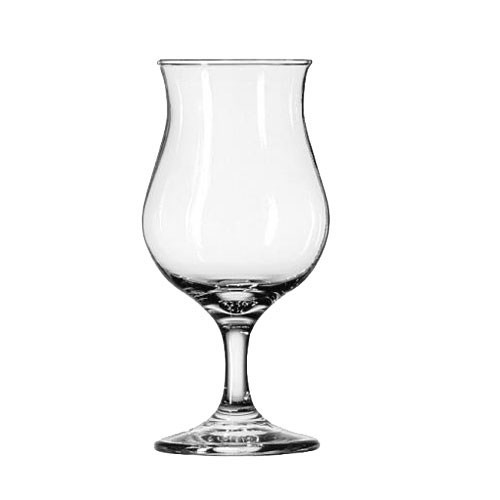
The curvy shape brings a big foamy head and enhances the aroma by capturing the volatiles in the glass. If head is important, this is a good glass to go with.
Beer styles: Belgian Strong Ale, Scotch Ale, Saison, Lambic
Flute:
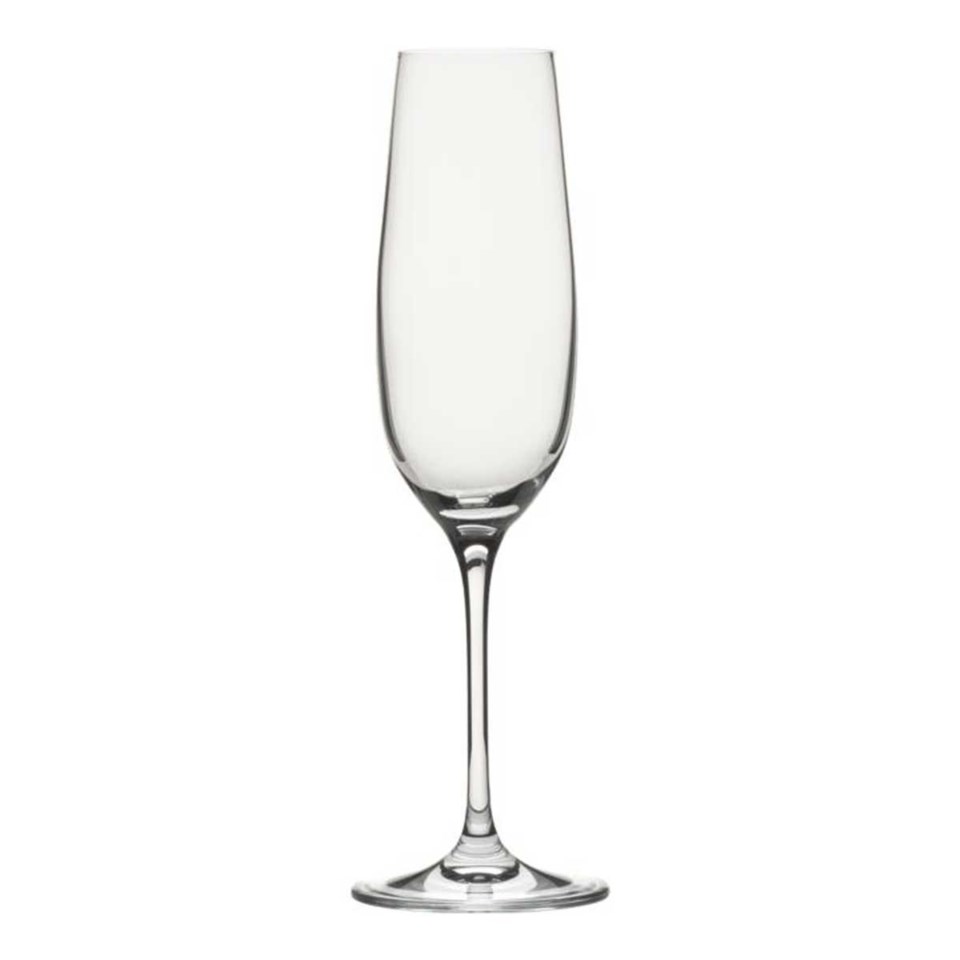
Beer in a champagne glass? Yep that’s right. Just as with champagne, a flute showcases the carbonation in a beer and releases an intense burst of volatiles, resulting in a quick and powerful aroma.
Beer styles: Biere Brut, Lambic, Vienna Lager, Weizenbock
Oversized Wine Glass:
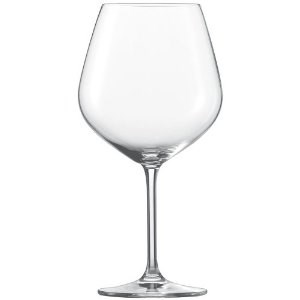
Finally, a large wine glass typically used for reds creates an amazing nose and allows for headspace. Plus you get to drink beer in a wine glass.
Beer styles: Saison, Belgian Dark Ale, Belgian IPA, Belgian Pale Ale, American Black Ale


